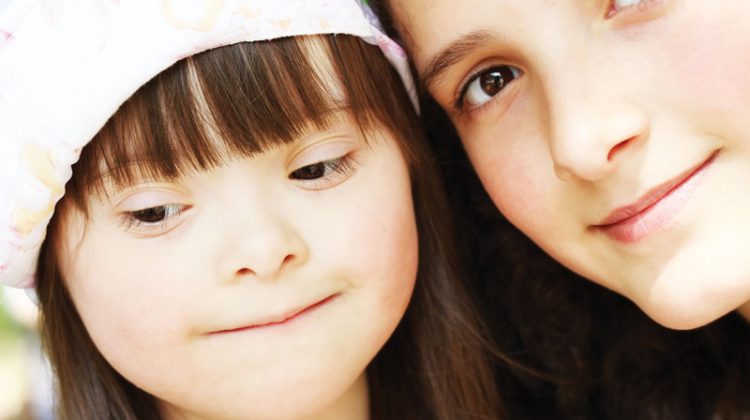By: Christina Dalton, MSSW, CSW
At Burns Elementary School there is a club called the “Everybody Counts Council.” This club is made up of all different types of students and their purpose is to advocate for students with special needs inside the school, but also in the community. Their motto on the club’s t-shirt reads, “We are more alike than different.” I often find myself thinking about that phrase and how true it rings. The club has activities throughout the school year to promote other children with special needs. They have a buddy walk, where they go through the entire building collecting change to support the Green River Area Down Syndrome Association. They also partner with other peers who may have special needs and help them when the school has a field day or fall festival. I personally think that one of the most important things they do is to make all of the children aware of disabilities, what they are, how someone might act and how to help.
One of the great expectations of the “Everybody Counts Council” is to watch out for bullying, something that has become more and more prevalent in our society. We, as parents, have to teach our children how to deal with bullies. This goes for children with or without special needs. Sometimes children with special needs can be more of a target for bullies. Teaching children to deal with bullying is kind of like teaching them a new sport. You have to practice. You might not get it right the first couple of times, but practice some more and they become better. You have to teach them skills that they can use and go over these skills and practice daily.
Let’s try a little experiment. Picture in your mind a lion sitting in a field. Now switch your visual image to a fat Basset Hound with floppy ears and a giant, red bow around his neck. Sounds simple enough. If you can do that then you are the one in control of your mind. You are in charge of telling it what to think. It is no different than the process of learning how to think and handle putdowns and criticism. We are responsible for our thoughts. Imagine how children would feel if they were taught how to use their thoughts in a positive way, especially if we start teaching them at a young age. Here are a few tips to help children handle bullies and putdowns:
Model for your child how to react and respond to bullies.
Tell them about how you handled a difficult person that you encountered. You could say, “I’m going to choose not to worry about what that person said to me. They may have been having a really rough day. I did tell them that comment hurt my feelings, but I didn’t get mad or say something ugly back.” We are our children’s greatest role models.
Throw out quotes from time to time.
There are so many learning opportunities that we have with our children. Try to find examples of real life situations where certain quotes would apply and have your children do the same thing. Here are a few of my favorites. “No one can make you feel inferior without your permission.” –Eleanor Roosevelt. And I don’t know who said this, but I love it. “When someone pushes your button, don’t let it ring your bell!”
Try to come up with key words.
Work with your child to come up with a key word that might initiate this new thought process. It could be as simple as “Dog with a red bow.” It’s just something that will remind your child to remember that they have the power to choose their thoughts.
Keep it simple and practice one response.
You can practice over and over with one simple phrase, “I’m sorry you feel that way.” Give your child pop quizzes and ask them, “What do you say when someone says something nasty or mean to you?” And hopefully their response will be, “I’m sorry you feel that way.”
See if your child wants to teach a friend what you have taught them about bullying.
One thing I have learned from teaching classes is that I learn a skill better and more effectively when I am teaching others. When we teach others we are internalizing the information and it will stick with us more permanently.

